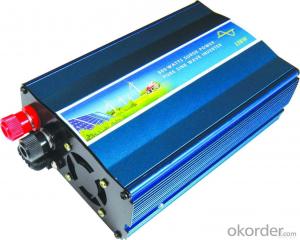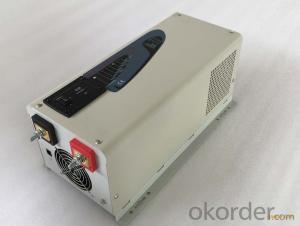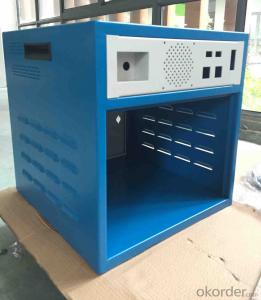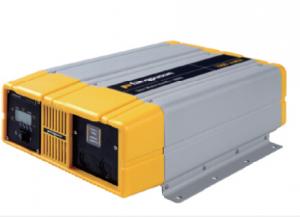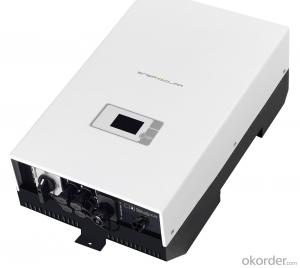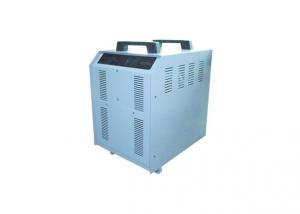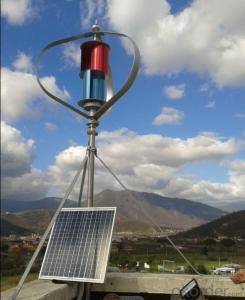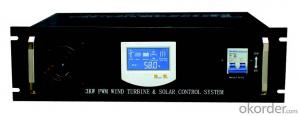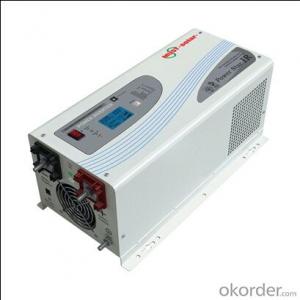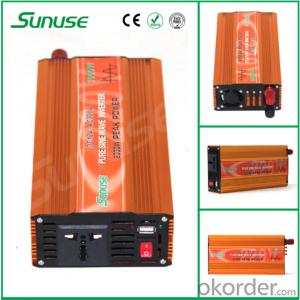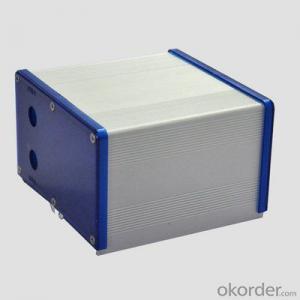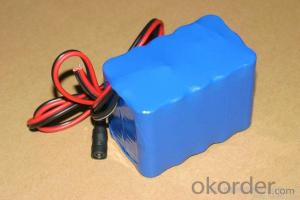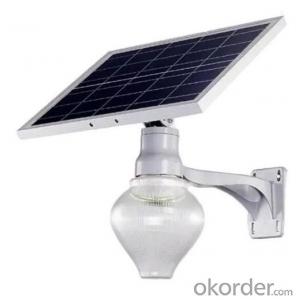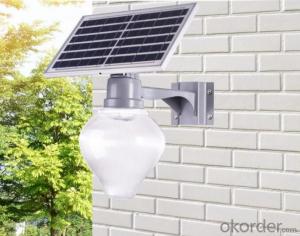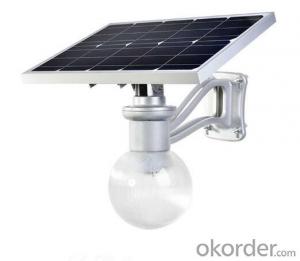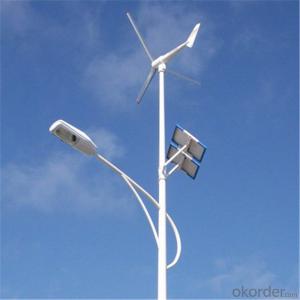Off The Grid Inverter
Off The Grid Inverter Related Searches
Off Grid Solar System Inverter Off Grid Solar Power Inverter On Off Grid Solar Inverter Off Grid Inverter Solar Solar Off Grid Inverter Inverter For Off Grid Solar Off Grid Hybrid Solar Inverter Off Grid Solar Hybrid Inverter Solar Inverter Off Grid Inverter Solar Off Grid Solar Power Inverter Off Grid Off Grid Solar Micro Inverter Off Grid Solar Inverter System Solar Hybrid Off Grid Inverter Off-Grid Solar Inverter Solar Panel Off Grid Inverter Hybrid Solar Inverter Off Grid On Grid Solar Inverter Off Grid Solar Inverter 48v On Grid Solar System Inverter On Grid Solar Power Inverter Off Grid Solar Inverter Price Solar Inverter On/Off Grid Offline Solar Inverter Offgrid Solar Inverter Waaree Solar Off Grid Inverter Cheap Off Grid Solar Inverter 1kw Off Grid Solar Inverter 2kw Off Grid Solar Inverter 4kw Off Grid Solar InverterOff The Grid Inverter Supplier & Manufacturer from China
Off The Grid Inverter is a specialized type of power conversion device designed to convert DC power from sources such as solar panels or batteries into AC power that can be used in various household appliances and electronic devices. This product is essential for individuals or communities looking to operate independently from the traditional power grid, providing a reliable and sustainable energy solution.The Off The Grid Inverter is widely used in a variety of scenarios, such as remote homes, off-grid cabins, recreational vehicles, and even during emergencies when grid power is unavailable. It allows users to harness renewable energy sources, like solar or wind power, and store the generated electricity in batteries for later use. This ensures a continuous supply of power, even when the sun isn't shining or the wind isn't blowing, making it an ideal solution for those seeking energy independence and self-sufficiency.
Okorder.com is a leading wholesale supplier of Off The Grid Inverters, boasting a vast inventory of high-quality products to cater to the diverse needs of customers worldwide. With a commitment to providing reliable and efficient power solutions, Okorder.com ensures that their Off The Grid Inverters meet the highest industry standards, offering customers peace of mind and value for their investment in sustainable energy solutions.
Hot Products





